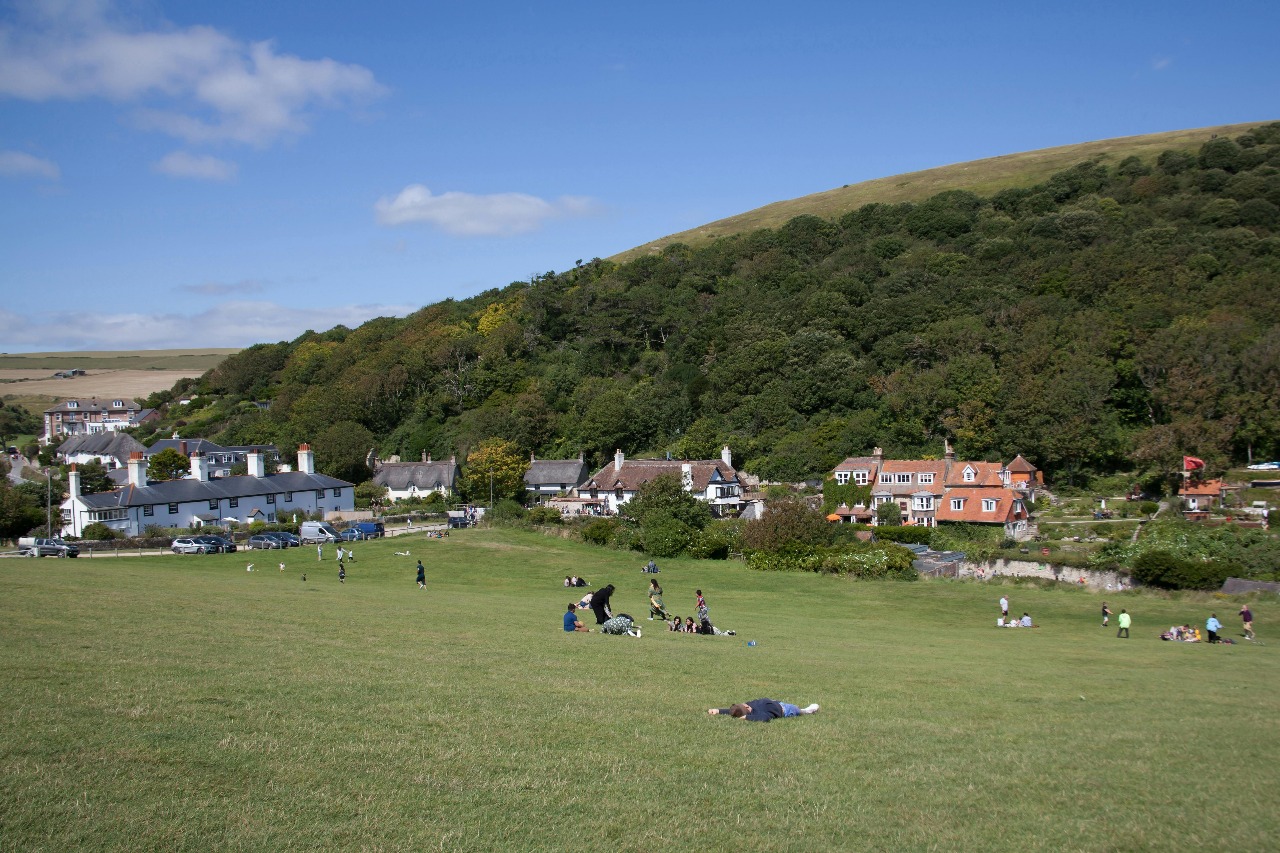Introduction to Weather in Patagonia
The weather in Patagonia is one of the most fascinating yet unpredictable aspects of traveling to this remote region of South America. Stretching across southern Chile and Argentina, Patagonia is known for its dramatic landscapes, from towering peaks to vast steppes. However, travelers quickly realize that the weather in Patagonia can change in an instant, making preparation an essential part of any adventure.
Why the Weather in Patagonia Is So Unpredictable
The main reason the weather in Patagonia is unpredictable lies in its geography. The Andes mountains act as a barrier, trapping moisture-laden winds from the Pacific Ocean. This creates sudden rain showers, strong gusts, and significant temperature shifts. In one day, you might experience sunshine, rain, snow, and powerful winds, all within a few hours. Understanding the weather in Patagonia is crucial for safe and enjoyable trekking.
Seasonal Overview of Weather in Patagonia
Each season in Patagonia offers a unique experience, but the weather in Patagonia remains highly variable.
Summer (December to February)
Summer is the most popular trekking season. Days are longer, and the weather in Patagonia tends to be milder. However, strong winds are at their peak, reaching up to 120 km/h in exposed areas.
Autumn (March to May)
Autumn brings cooler temperatures, fewer crowds, and breathtaking foliage. The weather in Patagonia during autumn can still shift suddenly, with chilly mornings and unpredictable rainfall.
Winter (June to August)
Winter transforms the region into a snowy wonderland. The weather in Patagonia during winter is harsh, with freezing temperatures and limited accessibility. Only certain areas remain open, but it’s the best time for solitude and snow-covered landscapes.
Spring (September to November)
Spring marks the awakening of flora and fauna. The weather in Patagonia during spring is a mix of lingering cold, bursts of sunshine, and occasional storms. Trekkers must prepare for wet trails and fluctuating conditions.
How Weather in Patagonia Affects Trekking Plans
For hikers and trekkers, the weather in Patagonia can greatly impact itineraries. A planned full-day hike may be cut short due to strong winds or sudden snowfall. Trail conditions often change overnight, and river crossings can become dangerous after heavy rains. Because of this, anyone visiting must remain flexible and adjust their plans according to the changing weather in Patagonia.
Essential Clothing for Weather in Patagonia
Packing the right clothing is one of the best ways to prepare for the unpredictable weather in Patagonia. The key is layering:
- Base Layer: Moisture-wicking fabric to keep sweat away.
- Insulating Layer: Fleece or down jacket for warmth.
- Outer Layer: Waterproof and windproof shell to combat rain and gusts.
- Accessories: Gloves, hats, and buffs to protect from cold winds.
Without proper clothing, the weather in Patagonia can quickly turn a comfortable hike into a dangerous challenge.
Gear Recommendations for Weather in Patagonia
Apart from clothing, specialized gear helps travelers cope with the extreme weather in Patagonia. Waterproof backpacks, durable trekking poles, and sturdy hiking boots are essential. A good quality tent with wind resistance is a must for campers. Since the weather in Patagonia can change rapidly, lightweight gear that allows quick adjustments is the most practical choice.
Safety Tips for Dealing with Weather in Patagonia
Safety should always come first. Travelers are advised to check daily forecasts but also prepare for unexpected shifts. Always carry maps, extra food, and emergency supplies. Guides and rangers are familiar with the weather in Patagonia and can offer advice on whether trails are safe. Never underestimate how quickly conditions can deteriorate in this region.
Wildlife and Weather in Patagonia
The weather in Patagonia also influences the movement and behavior of wildlife. Guanacos, condors, and foxes are often seen more actively during milder periods, while harsher weather pushes animals to seek shelter. Understanding these patterns enhances the experience for nature lovers.
Photography and Weather in Patagonia
Photographers find the weather in Patagonia both challenging and rewarding. The constantly shifting skies create dramatic lighting, rainbows, and moody clouds over iconic peaks like Torres del Paine and Fitz Roy. Being ready for sudden changes allows for capturing truly unique images of Patagonia’s landscapes.
Eco-Friendly Travel and Weather in Patagonia
Adapting to the weather in Patagonia also means respecting the fragile ecosystem. Trekking paths can be damaged by heavy rains, so sticking to marked trails prevents erosion. Travelers are encouraged to use eco-friendly gear and minimize waste, ensuring that the unpredictable weather in Patagonia does not lead to long-term environmental damage.
Mental Preparation for Weather in Patagonia
Equally important as physical gear is the mindset. The weather in Patagonia can test patience and resilience. By accepting its unpredictability, travelers learn to embrace every shift as part of the adventure. Flexibility is the best way to enjoy the journey.
Conclusion: Embracing the Weather in Patagonia
While it may be impossible to predict exactly what conditions you’ll face, preparing for the weather in Patagonia ensures a safer and more enjoyable trip. From layered clothing and reliable gear to mental adaptability, every element of preparation matters. The ever-changing weather in Patagonia is not a hindrance but part of what makes the region so breathtakingly unique. Those who come ready to face its unpredictability often leave with unforgettable experiences and a deep appreciation for this wild corner of the world.
